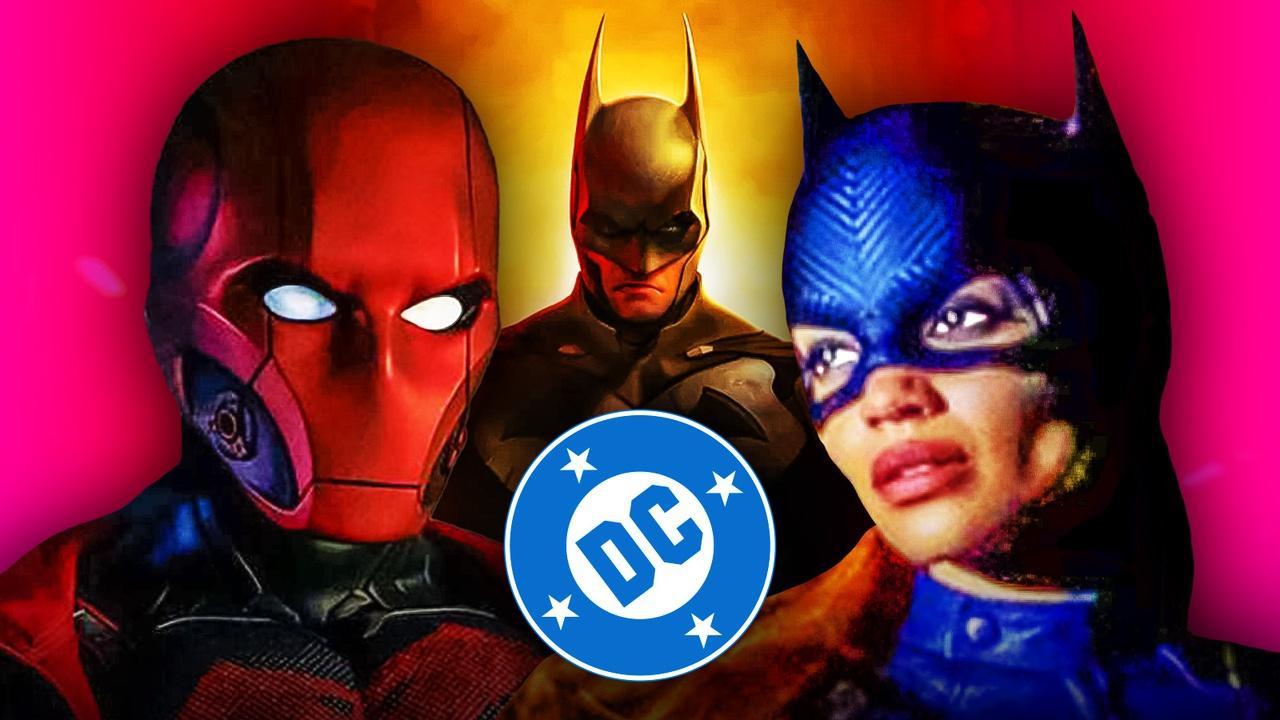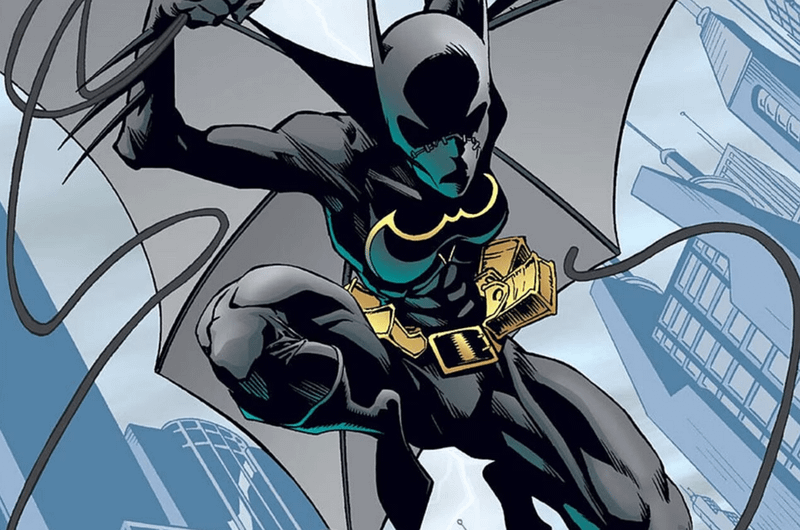
Batman movies have given fans multiple versions of the same characters (Joker, Catwoman, Two-Face), but there's a whole roster of crucial Bat-family members and villains who have either never appeared on screen or been criminally underused. With James Gunn's DCU promising a more comic-accurate approach and The Brave and the Bold focusing on Batman's legacy, now's the perfect time to finally bring these overlooked characters to live-action.
James Gunn's promise of a more comic-accurate DCU finally creates the perfect environment for these characters to shine. Unlike previous Batman films that focused on standalone stories, the DCU's interconnected approach allows for long-term character development and family dynamics that make these characters essential. By embracing certain characters, the DCU can offer something no Batman film has delivered: a complete exploration of Batman's legacy through the people he's inspired, failed, and ultimately redeemed.
Batman Characters That James Gunn's DCU Could Revitalize
Damian Wayne/Robin

The most significant Robin to never appear in films, Damian Wayne, represents everything unique about Batman's evolution as a character. As Bruce Wayne's biological son with Talia al Ghul, Damian isn't just another orphaned acrobat or street-smart kid. He's the ultimate test of Batman's ability to be both a father and a mentor. Raised by the League of Assassins, Damian arrives in Bruce's life as a lethal 10-year-old who must learn to value life rather than take it.
This dynamic creates storytelling opportunities no previous Batman film has explored. Instead of Bruce taking in a surrogate son, he's dealing with actual parenthood while trying to reform a child trained to kill. Damian's arrogance, competence, and gradual humanization through Bruce's influence represent comics' most complex Robin relationship.
DCU Potential: Confirmed as the central focus of The Brave and the Bold, Damian offers the DCU a chance to explore a veteran Batman who's learned from decades of experience with previous Robins, now facing his most challenging protégé yet. Damian Wayne's role in The Brave and the Bold signals that the DCU understands Batman's true strength lies not in his brooding isolation but in the family he's built around his mission.
Red Hood/Jason Todd

While Jason Todd briefly appeared as Robin in Batman v Superman (via his defaced costume), Hollywood has never fully realized the tragedy and complexity of Red Hood.
Jason represents Batman's greatest failure: a Robin who dies under his watch and returns as a violent anti-hero who challenges everything Bruce stands for about justice and redemption.
Red Hood's story forces Batman to confront the consequences of his methods and the reality that not every story has a happy ending. Jason's return creates a moral dilemma. He's still the boy Bruce failed to save, but he's also a killer who's crossed lines Batman never would. This internal conflict between love, guilt, and justice has never been explored in live-action.
The character also represents a darker path for vigilantism, showing what happens when someone adopts Batman's methods without his restraint (read more about Batman's iconic sidekicks here). Jason's willingness to kill criminals creates a philosophical divide that could drive an entire film's worth of conflict.
DCU Potential: Jason is perfect for exploring Batman's darker legacy and the psychological toll of his mission. Red Hood could serve as both antagonist and tragic figure, forcing audiences to question whether Batman's no-kill rule is truly heroic or dangerously naive.
Tim Drake/Red Robin

Tim Drake represents something unique in the Robin legacy. Batman didn't choose him; he decided to be Robin. After deducing Batman and Nightwing's identities following Jason Todd's death, Tim convinced Bruce that Batman needed a Robin to remain psychologically stable. This makes him the detective Robin, the one who earned his place through intellect rather than tragedy or family connection.
Tim's analytical mind and self-motivated heroism offer a different dynamic from Bruce's more emotional relationships with other Robins. He represents Batman's intellectual legacy and the idea that anyone with enough dedication and skill can make a difference. His evolution into Red Robin also showcases natural growth within the Bat-family hierarchy.
Hollywood has never explored this cerebral approach to the Robin concept, always focusing on the emotional or physical aspects of the mentor-student relationship instead of the intellectual partnership Tim represents.
DCU Potential: Tim could bridge the gap between Dick Grayson's leadership as Nightwing and Damian's arrival as the new Robin, showing how the Bat-family functions as a multi-generational team with each member bringing unique strengths.
Oracle/Barbara Gordon

While Barbara Gordon appeared as Batgirl in Batman & Robin, Hollywood never tackled her transformation into Oracle, one of DC's most important disabled characters and the intelligence hub of the entire DC Universe. After being paralyzed by the Joker in The Killing Joke, Barbara reinvented herself as Oracle, using her technological expertise to coordinate heroes worldwide.
Oracle represents resilience, adaptation, and the idea that heroism isn't limited by physical capability. Her role as the information broker and strategic mastermind behind countless operations shows how intelligence and determination can be just as powerful as physical prowess. This character development from physical hero to technological coordinator offers rich storytelling opportunities.
The absence of Oracle from Batman films represents a massive missed opportunity to showcase disability representation and explore how trauma can lead to new forms of strength rather than just victimization.
DCU Potential: Oracle could be the technological backbone of a larger Bat-family operation, coordinating between multiple heroes and representing crucial disability in superhero media.
Cassandra Cain/Batgirl

Though a character named Cassandra Cain appeared in Birds of Prey, she bore no resemblance to the comics version, one of DC's most unique and compelling characters. The real Cassandra Cain is a former assassin raised without language, communicating instead through body language and combat. Her journey from silent killer to protective hero represents redemption and the power of non-verbal storytelling.
Cassandra's ability to read body language like text makes her nearly unbeatable in combat, while her struggle to understand human connection and communication creates profound character development opportunities. She represents the idea that heroism transcends language and cultural barriers.
Her relationship with the Bat-family, particularly her mentorship under Barbara Gordon, shows how former enemies can become family through understanding and patience.
DCU Potential: Cassandra can showcase incredible action sequences while providing emotional depth through non-verbal performance. Cassandra could bring a unique fighting style and character dynamic never explored in Batman films.











